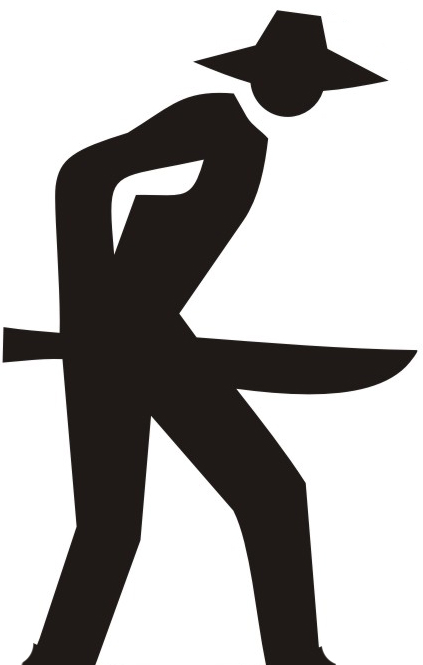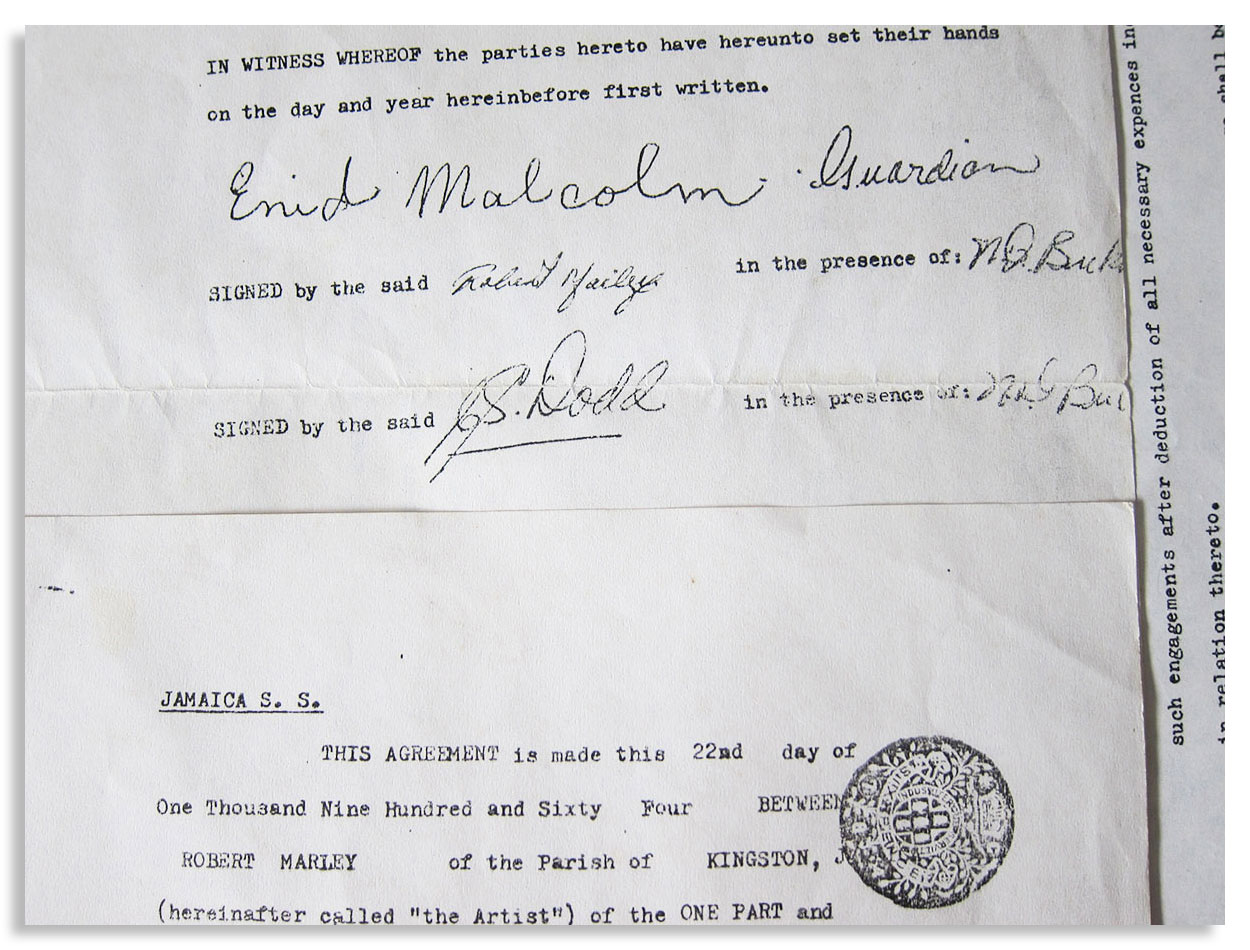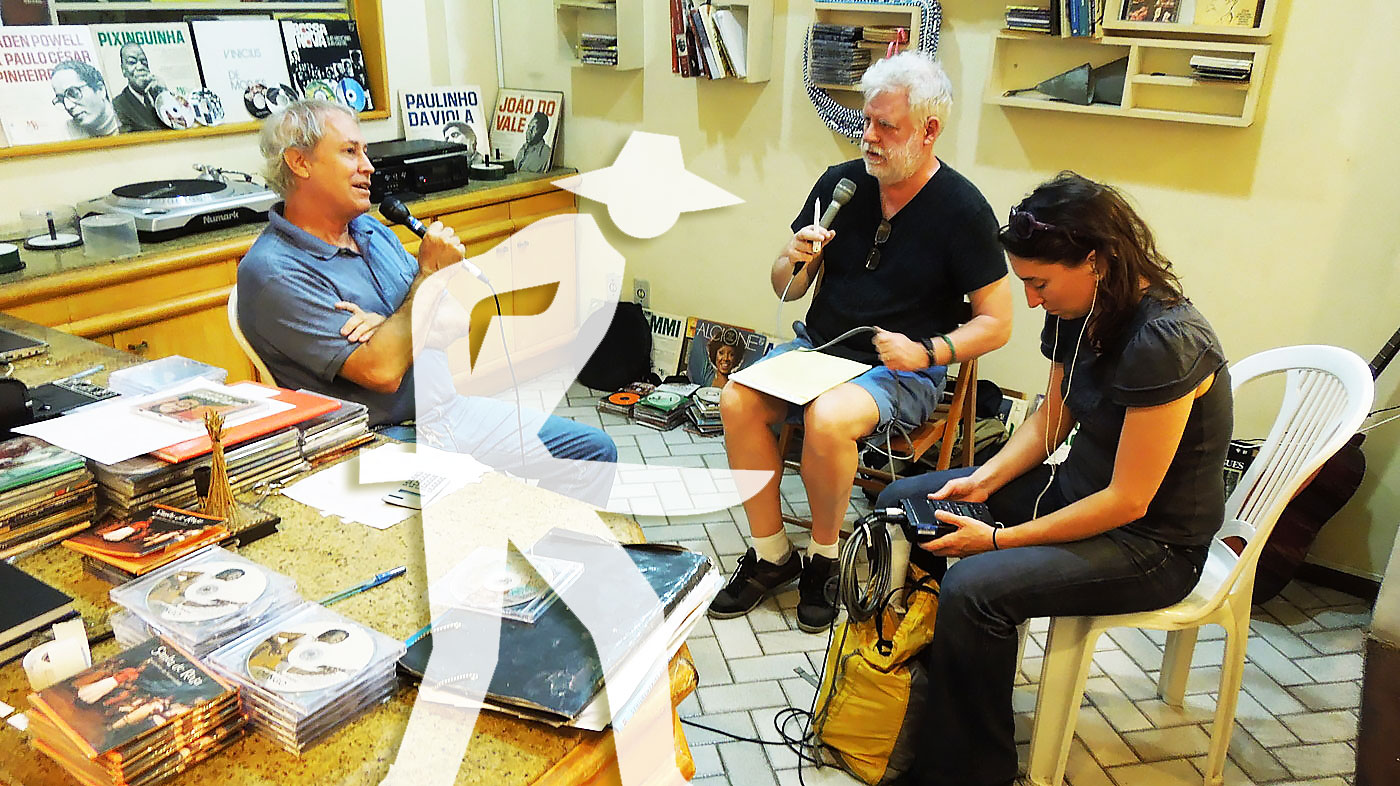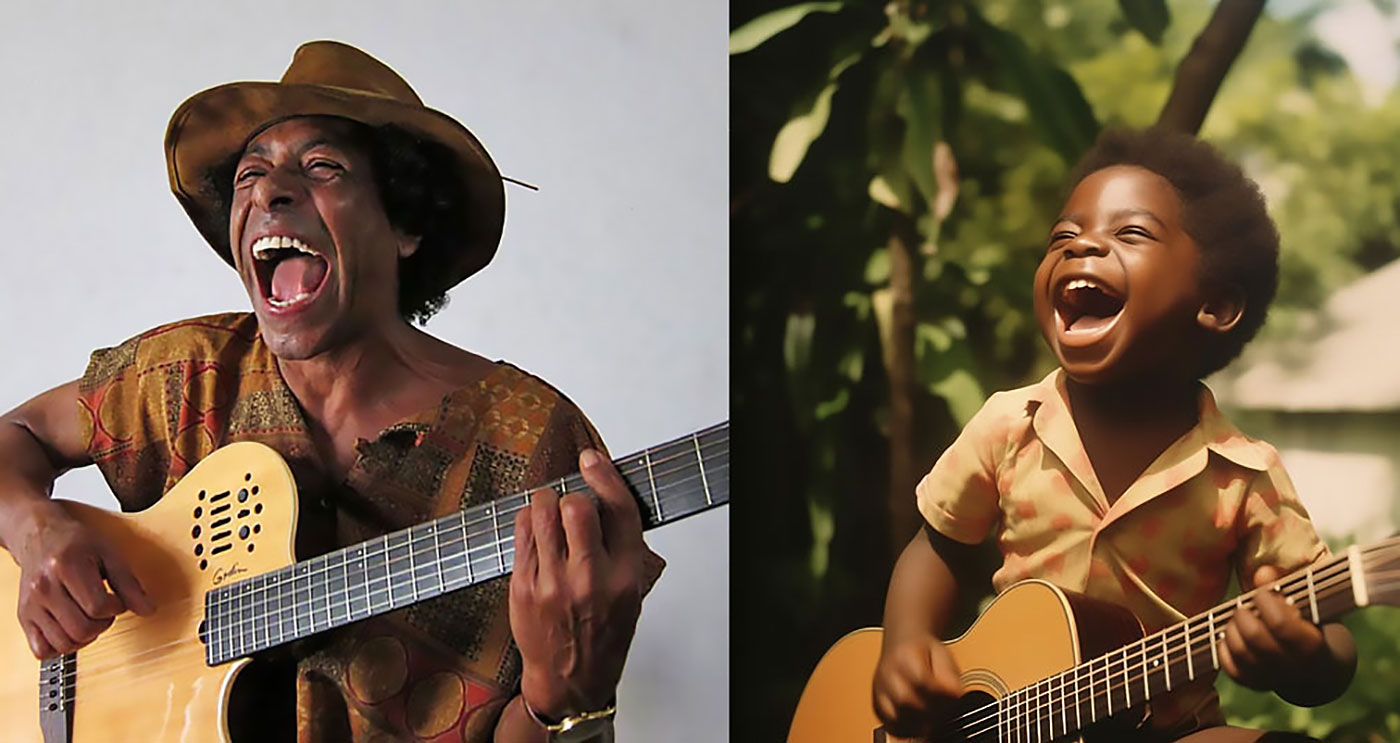CURATION
- from this page: by Matrix
Network Node
- Name: Steve Sandberg
- City/Place: New York City
- Country: United States
Current News
-
What's Up?
There is a rising meteor in the musical firmament, a man of the sort of talent we can only associate with greatness. His name is Steve Sandberg. He has gathered together a band whose members are themselves leaders in their field. I, personally, become awestruck when listening to Steve Sandberg. His keyboard artistry and creative gifts are treasures awaiting the world’s recognition.
— Seymour Bernstein
Alaya is a breathtaking composite of world music, jazz, and classical expressions. In other words, it’s Sandberg’s whole musical existence merging into a single stream. In these eight tracks, he delivers unto us an exultant music that’s incredibly personal and precise in its direction, yet universal in its language and ability to connect.
— Dan Bilawsky, All About Jazz
Many thanks to you and gang for a brilliant concert last Sunday! It was a huge success! We have been fortunate to have hosted excellent musicians in our series; but I have to say, Sunday’s concert was by far my favorite.
— Sam Holt, Artist Coordinator, Sundays@Three music series, Albemarle, NC
Life & Work
-
Bio:
Three-time Emmy-nominated composer/pianist Steve Sandberg plays original music that masterfully blends classical, global music traditions, and jazz with the excitement of virtuosic improvisation.
Steve was lead composer and musical director for Nickelodeon’s landmark children’s programs “Dora the Explorer” and “Go, Diego, Go!” His scoring and songwriting are informed by a lifetime of immersion in the music of many cultures
He began playing the piano at the age of four (and is a current student of the legendary pianist and teacher Seymour Bernstein). While studying music at Yale, and African Art History with Robert Farris Thompson, he heard Felipe Luciano’s Latin Roots radio program, and it changed his life. Deeply drawn to these rhythms, Steve moved back to New York after graduating to immerse himself in the world of jazz and Afro-Caribbean music. His mentor was multi-instrumentalist Mario Rivera, a member of the Dizzie Gillespie, Tito Puente, and George Coleman ensembles. Steve was pianist, composer and arranger for Rivera’s “Salsa Refugee” group, and also performed with Celia Cruz, Tito Puente, and Ruben Blades. A highlight of this period was an appearance in Rio and São Paolo in a duo with vocalist Bebel Gilberto.
Steve has toured with David Byrne (“Rei Momo”) as keyboardist and vocalist, and was musical director for Lincoln Center’s summer Brazilfest series. He has conducted and arranged for Broadway (Chronicle of a Death Foretold) and for many regional and off-Broadway theatres, including the New York Shakespeare Festival.
In 2017, Steve founded the Steve Sandberg Quartet, featuring the violinist Zach Brock (critically acclaimed as “the pre-eminent improvising violinist of his generation”), bassist Michael O’Brien, and drummer Mauricio Zottarelli. Their first CD, “Alaya,” was released on ArtistShare. Dan Bilawsky of All About Jazz called this CD “… a breathtaking composite of world music, jazz, and classical expressions … personal and precise in its direction, yet universal in its language and ability to connect.” The quartet has performed at Birdland, the DiMenna Center, Sidedoor Jazz, the Allentown Symphony Jazz Upstairs series and many other venues.
Throughout the pandemic, Steve stayed active, livestreaming regularly from Brooklyn’s Soapbox Gallery, in collaboration with many New York musicians including Zach Brock, Rudy Royston, Boris Koslov, Ed Cherry, Vitor Goncalves, Jay Hoggard, Jay Rodriguez, and Vinicius Gomes.
In August of 2021, Steve and Zach performed a duo concert at New York’s Bargemusic series and in October, 2022, gave a series of concerts and taught several masterclasses in Egypt, sponsored by the American University of Cairo and the U.S. Embassy.
Recently, Steve played at the Yale Jazz Festival with his trio, where he was the guest at a Masters Tea and was interviewed on his musical career. Recent performances also include his Brazilian Project at Jazzforum in Tarrytown and regular trio concerts at the Deerhead Inn, the oldest jazz club in North America.
Steve maintains an active teaching studio in NYC, where he teaches students of all ages and levels, in person and online. He has also presented masterclasses on Improvisation for Classically Trained Musicians via the Global Music Foundation and at the New School.
In 2019, Steve was commissioned by Kelly Hall-Tompkins’ Music Kitchen project, which presents classical music at New York City homeless shelters, to write an original song for tenor and string quartet. The song, setting lyrics by former Music Kitchen clients to music, was at Carnegie Hall’s Zankel Hall in April, 2022.
Contact Information
- Email: [email protected]
Media | Markets
- ▶ Buy My Music: http://www.artistshare.com/Projects/OfferDetails/360/495/2560/1/6
- ▶ Charts/Scores: http://stevesandbergmusic.com/purchase-steves-piano-book-cd/
- ▶ Website: http://stevesandbergmusic.com
- ▶ YouTube Channel: http://www.youtube.com/@stelastic
- ▶ Spotify: http://open.spotify.com/album/2F4tcvM7XbMYieorefkMQF
My Instruction
- Lessons/Workshops: In addition to performing and composing, I teach piano and composition students of all levels and interests. Currently, I am teaching on zoom/facetime. My innovative approach is individually tailored to each student’s learning style, needs and goals. For more info please visit:
- Instruction: http://www.stevesandbergstudio.com
The Matrix is a small world network. Like stars coalescing into a galaxy, creators in the Matrix mathematically gravitate to proximity to all other creators in the Matrix, no matter how far apart in location, fame or society. This gravity is called "the small world phenomenon". Human society is a small world network, wherein over 8 billion human beings average 6 or fewer steps apart. Our brains contain small world networks...
![]() Wolfram MathWorld on the Small World Phenomenon
Wolfram MathWorld on the Small World Phenomenon
![]() Matemática Wolfram sobre o Fenômeno Mundo Pequeno
Matemática Wolfram sobre o Fenômeno Mundo Pequeno
"In a small world, great things are possible."

It's not which pill you take, it's which pathways you take. Pathways originating in the sprawling cultural matrix of Brazil: Indigenous, African, Sephardic and then Ashkenazic, European, Asian... Matrix Ground Zero is the Recôncavo, contouring the Bay of All Saints, earthly center of gravity for the disembarkation of enslaved human beings — and the sublimity they created — presided over by the ineffable Black Rome of Brazil: Salvador da Bahia.
("Black Rome" is an appellation per Caetano Veloso, son of the Recôncavo, via Mãe Aninha of Ilê Axé Opô Afonjá.)
"Dear Sparrow: I am thrilled to receive your email! Thank you for including me in this wonderful matrix."
—Susan Rogers: Personal recording engineer for Prince, inc. "Purple Rain", "Sign o' the Times", "Around the World in a Day"... Director of the Berklee Music Perception and Cognition Laboratory
"Thanks! It looks great!....I didn't write 'Cantaloupe Island' though...Herbie Hancock did! Great Page though, well done! best, Randy"
"We appreciate you including Kamasi in the matrix, Sparrow."
—Banch Abegaze: manager, Kamasi Washington
"This is super impressive work ! Congratulations ! Thanks for including me :)))"
—Clarice Assad: Pianist and composer with works performed by Yo Yo Ma and orchestras around the world
"Dear Sparrow, Many thanks for this – I am touched!"
—Julian Lloyd-Webber: UK's premier cellist; brother of Andrew Lloyd Webber (Evita, Jesus Christ Superstar, Cats, Phantom of the Opera...)
"Thanks, this is a brilliant idea!!"
—Alicia Svigals: World's premier klezmer violinist
Developed here in the Historic Center of Salvador da Bahia ↓ .
![]() Bule Bule (Assis Valente)
Bule Bule (Assis Valente)
"♫ The time has come for these bronzed people to show their value..."
Production: Betão Aguiar
MATRIX MODUS OPERANDI
Recommend somebody and you will appear on that person's page. Somebody recommends you and they will appear on your page.
Both pulled by the inexorable mathematical gravity of the small world phenomenon to within range of everybody inside.
And by logical extension, to within range of all humanity outside as well.
MATRIX (PARDAL)
I'm Pardal here in Brazil (that's "Sparrow" in English). The deep roots of this project are in Manhattan, where Allen Klein (managed the Beatles and The Rolling Stones) called me about royalties for the estate of Sam Cooke... where Jerry Ragovoy (co-wrote Time is On My Side, sung by the Stones; Piece of My Heart, Janis Joplin of course; and Pata Pata, sung by the great Miriam Makeba) called me looking for unpaid royalties... where I did contract and licensing for Carlinhos Brown's participation on Bahia Black with Wayne Shorter and Herbie Hancock...
...where I rescued unpaid royalties for Aretha Franklin (from Atlantic Records), Barbra Streisand (from CBS Records), Led Zeppelin, Mongo Santamaria, Gilberto Gil, Astrud Gilberto, Airto Moreira, Jim Hall, Wah Wah Watson (Melvin Ragin), Ray Barretto, Philip Glass, Clement "Sir Coxsone" Dodd for his interest in Bob Marley compositions, Cat Stevens/Yusuf Islam and others...
...where I worked with Earl "Speedo" Carroll of the Cadillacs (who went from doo-wopping as a kid on Harlem streetcorners to top of the charts to working as a janitor at P.S. 87 in Manhattan without ever losing what it was that made him special in the first place), and with Jake and Zeke Carey of The Flamingos (I Only Have Eyes for You)... stuff like that.

Yeah this is Bob's first record contract, made with Clement "Sir Coxsone" Dodd of Studio One and co-signed by his aunt because he was under 21. I took it to Black Rock to argue with CBS' lawyers about the royalties they didn't want to pay (they paid).
MATRIX MUSICAL
I built the Matrix below (I'm below left, with David Dye & Kim Junod for U.S. National Public Radio) among some of the world's most powerfully moving music, some of it made by people barely known beyond village borders. Or in the case of Sodré, his anthem A MASSA — a paean to Brazil's poor ("our pain is the pain of a timid boy, a calf stepped on...") — having blasted from every radio between the Amazon and Brazil's industrial south, before he was silenced. The Matrix started with Sodré, with João do Boi, with Roberto Mendes, with Bule Bule, with Roque Ferreira... music rooted in the sugarcane plantations of Bahia. Hence our logo (a cane cutter).
A Massa (do povo carente) / The Masses (of people in need)

-
Add to my PlaylistA Massa - Raymundo Sodré (7,093 plays)
-
Add to my PlaylistSina de Cantador - Raymundo So... (6,909 plays)
-
Add to my PlaylistMagnetismo - Raymundo Sodré ... (6,353 plays)
-
Add to my PlaylistSacando a Cana - Raymundo Sodr... (5,957 plays)
-
Add to my PlaylistMêrêrê - Raymundo Sodré (5,465 plays)
-
Add to my PlaylistJardim do Amor - Raymundo Sodr... (4,677 plays)
-
Add to my PlaylistDebaixo do Céu - Raymundo Sodr... (4,151 plays)
-
Add to my PlaylistDesejo de Amar - Raymundo Sodr... (3,861 plays)
-
Add to my PlaylistOração pra Yá Oxum - Raymundo ... (3,741 plays)
-
Add to my PlaylistYá África - Raymundo Sodré (3,509 plays)
-
Add to my PlaylistMeu Rio, Cadê o Papel - Raymun... (3,177 plays)
-
Add to my PlaylistCasa de Trois - Raymundo Sodré... (2,896 plays)
-
Add to my PlaylistMulher é Laço que Prende o Coração do Vaqueiro - R... (2,556 plays)
































































































































































































































































































































































































































































